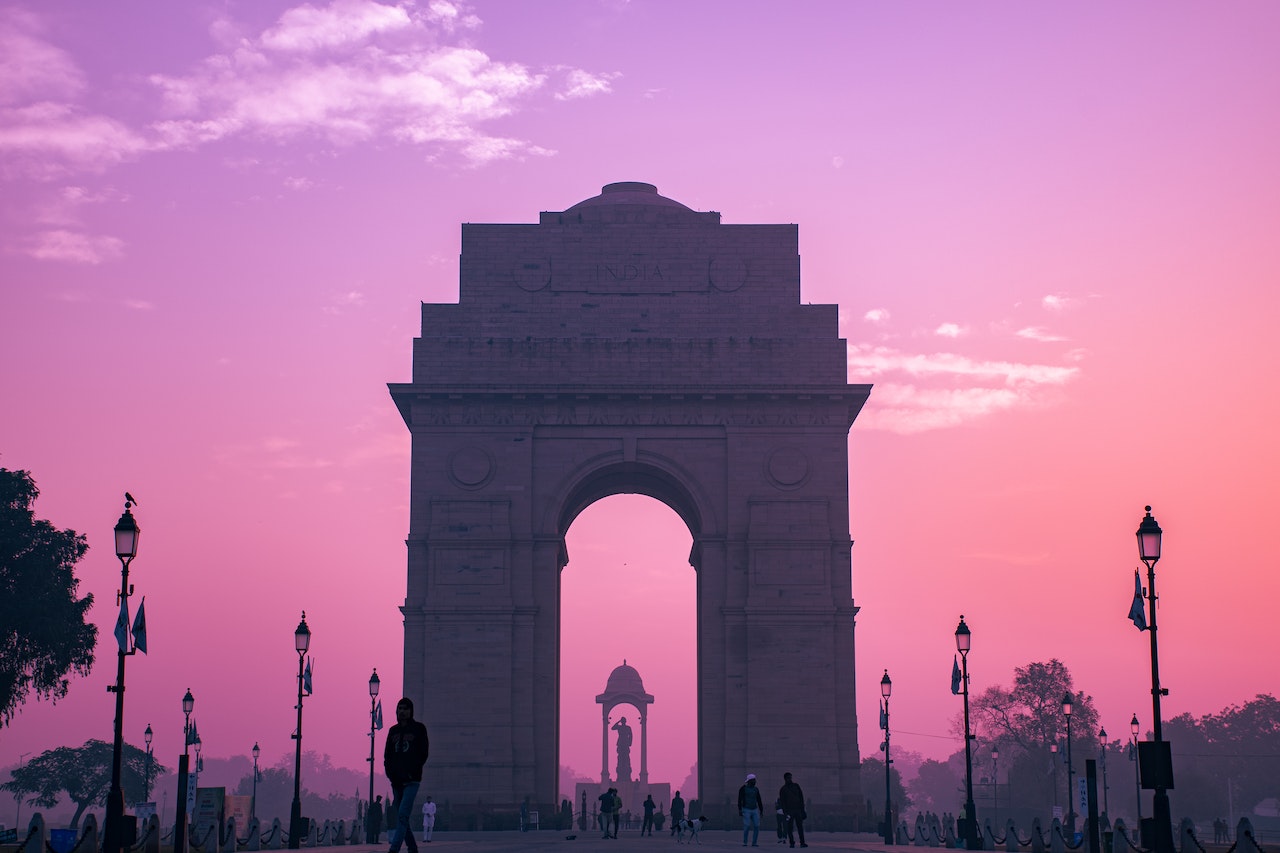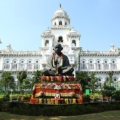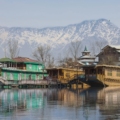Delhi, the capital of India, is a repository of historical and cultural marvels.From ancient fortresses to bustling markets, from traditional music and dance to vibrant festivals, Delhi offers a captivating blend of old-world charm and modern-day vibrancy. In this article, we will delve into the enchanting sights and sounds of Delhi, taking you on a journey through its rich historical heritage, architectural splendors, cultural delights, bazaars and foodie havens, serene parks and gardens, the contemporary charms of modern Delhi, as well as suggesting exciting day trips and excursions beyond the city’s borders.Embark on a captivating journey through Delhi’s essence with our concise Delhi Diaries.
I. The Rich Historical Heritage of Delhi
Delhi has a captivating past steeped in history, and exploring its ancient roots is an experience like no other. With over a thousand years of history, the city has witnessed the rise and fall of various dynasties, each leaving behind a remarkable legacy. UNESCO has recognized several sites in Delhi as World Heritage Sites, allowing us to get a glimpse of its glorious history.
a. The Majestic Red Fort: A Symbol of Delhi’s Grandeur
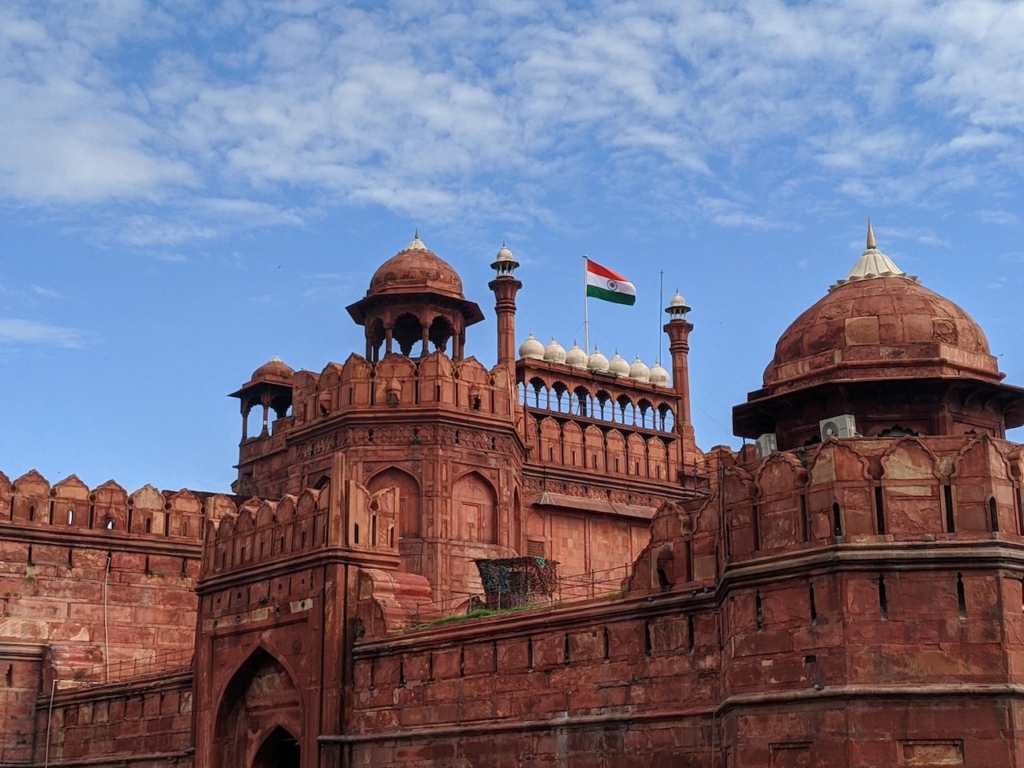
One cannot miss the imposing Red Fort while exploring Delhi.Constructed during the 17th century under the rule of the Mughal Emperor Shah Jahan, it functioned as the main abode for the Mughal emperors for nearly two centuries. The red sandstone walls of the fort hide within them an array of palaces, gardens, and structures that reflect the opulence and grandeur of the Mughal era.
b. Qutub Minar: A Towering Masterpiece of Indo-Islamic Architecture
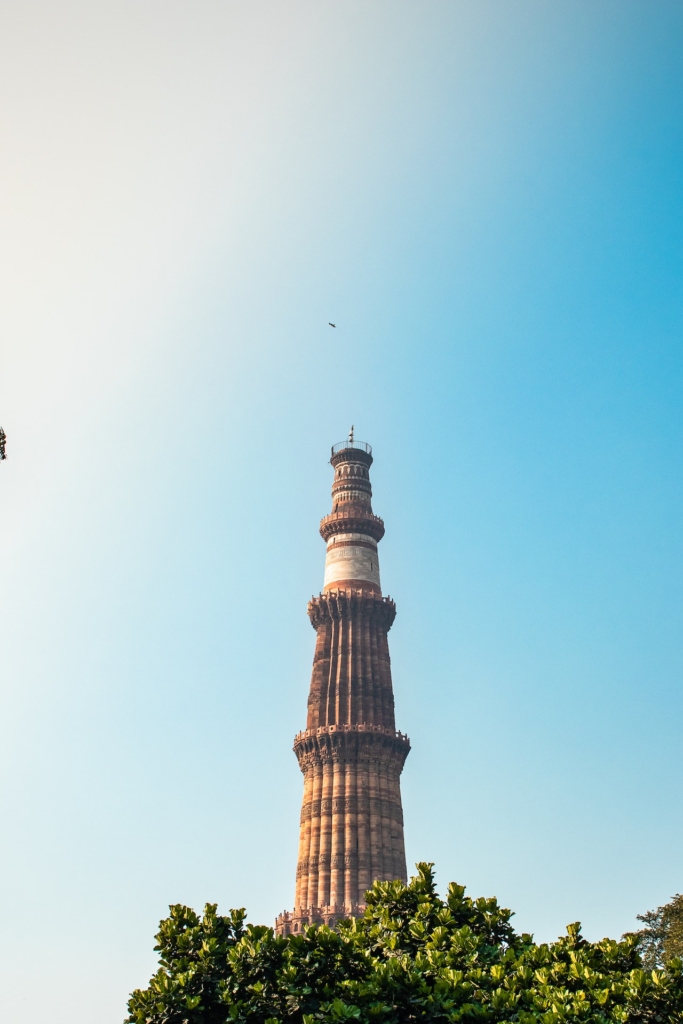
Standing tall at an impressive height of 73 meters (239 feet), the Qutub Minar is a testament to the architectural brilliance of ancient India. Built in the 12th century by Qutub-ud-din Aibak, it is the world’s tallest brick minaret. The intricate carvings and calligraphic inscriptions adorning the tower showcase a unique blend of Hindu and Islamic architectural styles.
c. Humayun’s Tomb: A Magnificent Fusion of Persian and Indian Artistry
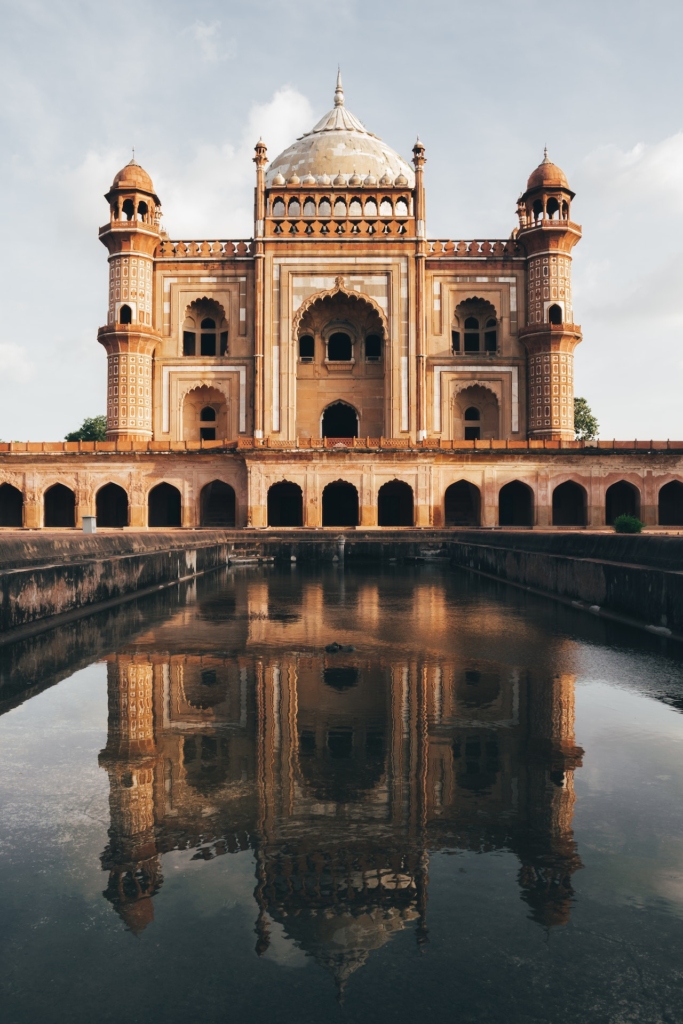
Enveloped in serene surroundings, Humayun’s Tomb is a masterpiece of architectural splendor. Builtin the 16th century, it was the first garden-tomb in the Indian subcontinent and inspired the construction of the iconic Taj Mahal. The tomb’s symmetrical design, elegant arches, and intricate detailing reflect the fusion of Persian and Indian architectural styles.
II. Exploring Architectural Splendors
Delhi, particularly during the Mughal era, experienced a golden age of architectural wonders. The Mughals, known for their passion for art and architecture, left an indelible mark on the city’s landscape, with stunning monuments that continue to captivate visitors to this day.
a. Jama Masjid: India’s Largest Mosque and Architectural Masterpiece
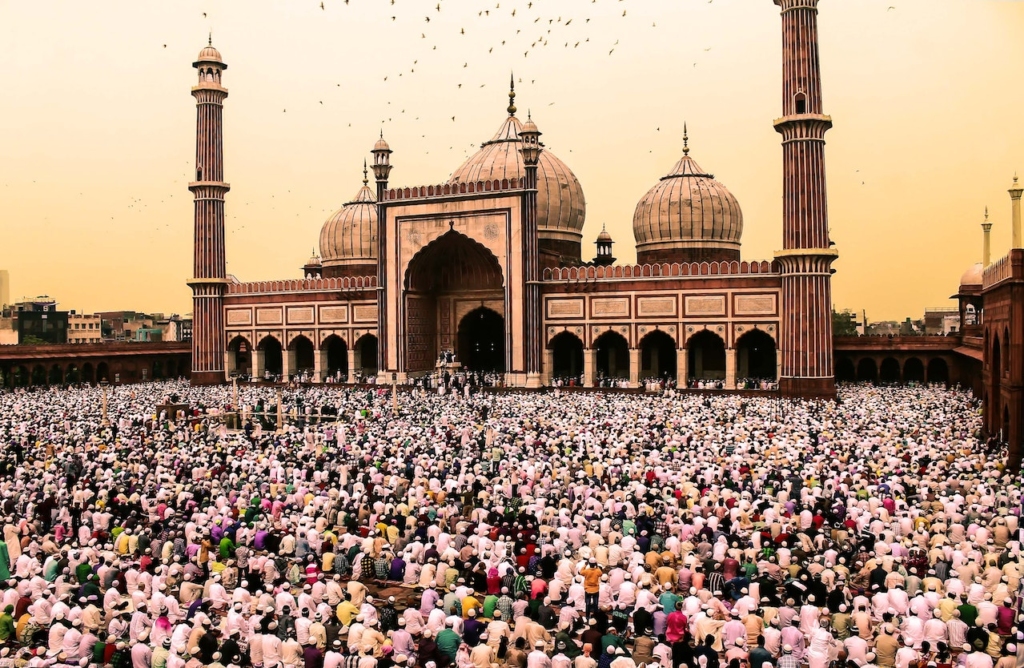
Jama Masjid, located in the heart of Old Delhi, stands as a glorious testament to the grandeur of Mughal architecture. Constructed in the 17th century by Emperor Shah Jahan, it is India’s largest mosque, capable of accommodating up to 25,000 worshippers. The mosque’s vast courtyard, intricate marble work, and towering minarets are a sight to behold.
b. Lotus Temple: A Mesmerizing Blend of Modern and Traditional Design
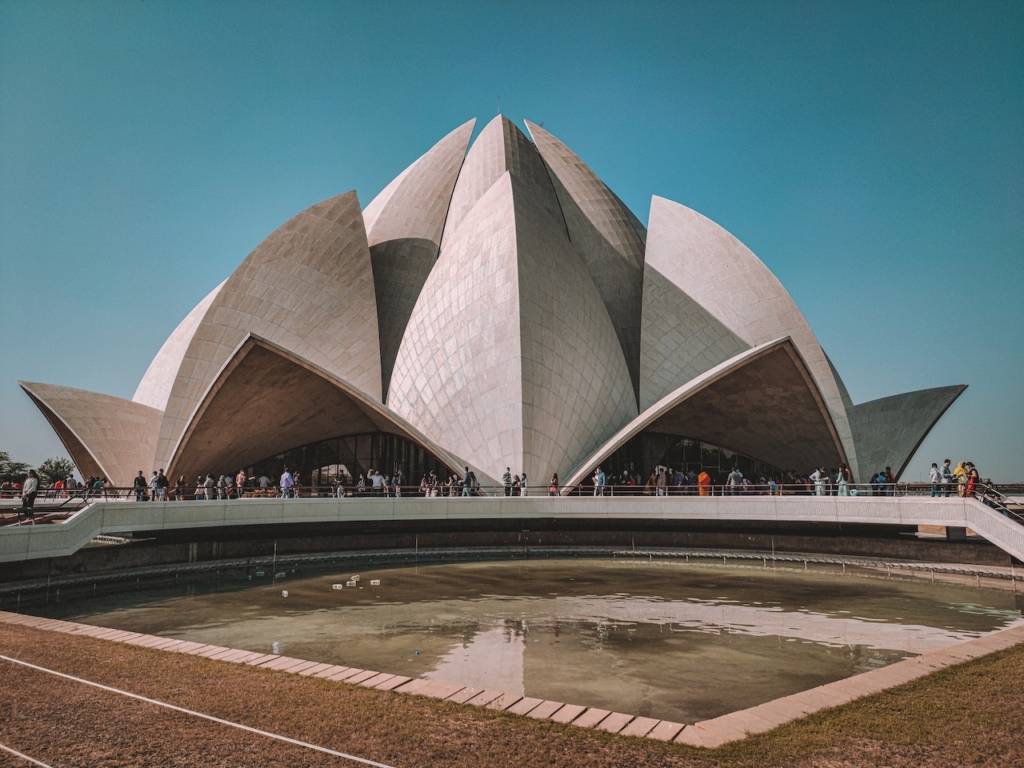
A visit to Delhi would be incomplete without witnessing the awe-inspiring Lotus Temple. Its distinctive lotus-shaped structure symbolizes purity and unity. Built in the Bahá’í House of Worship, the temple welcomes people of all religions and provides a serene space for contemplation amidst the bustling city.
c. Sikh Gurudwaras: Serene and Spiritually Significant Landmarks
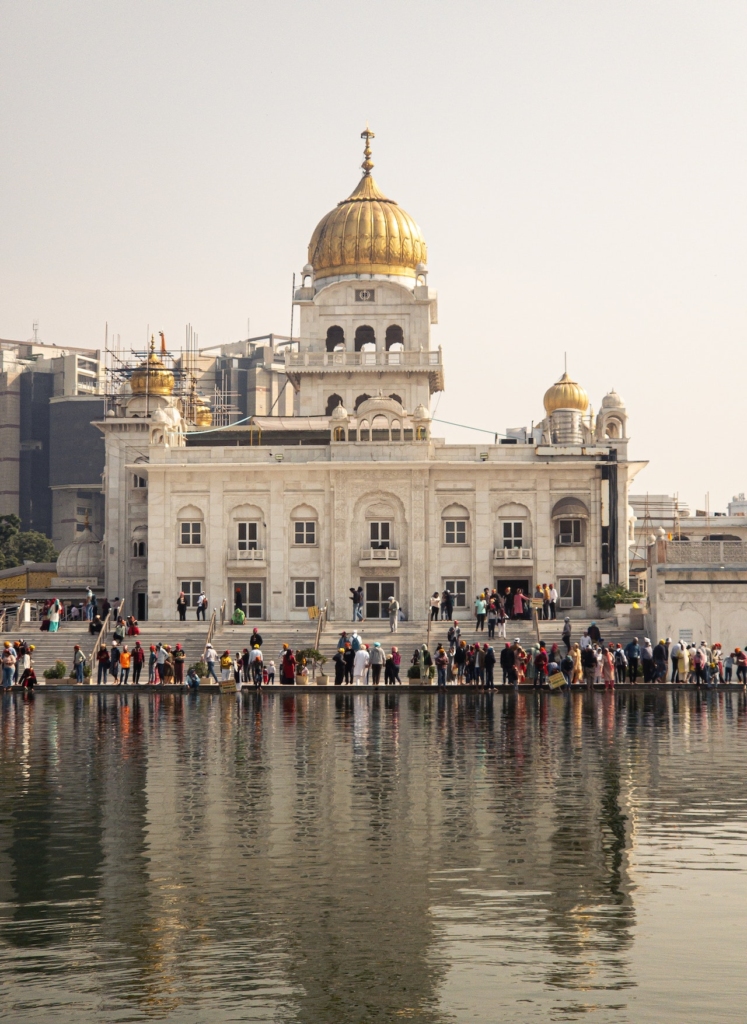
Delhi is home to numerous Gurudwaras (Sikh places of worship), which hold great spiritual significance for the Sikh community. The Gurudwara Bangla Sahib, with its shimmering golden dome and serene Sarovar (sacred pool), offers solace to those seeking tranquility in the heart of Delhi. The Gurudwara Sis Ganj Sahib and Gurudwara Rakab Ganj Sahib are also revered sites that commemorate the sacrifices of the Sikh Gurus.
III. Cultural Delights: Music, Dance, and Festivals
Delhi’s cultural tapestry is a vibrant fusion of diverse traditions, customs, music, and dance forms. Immerse yourself in the rhythmic beats, melodious tunes, and the kaleidoscope of colors that define the cultural essence of Delhi.
a. Traditional Music and Dance Forms
Delhi is a hub for various traditional music and dance forms that have been passed down through generations. One such revered dance form is Kathak, originating from North India. The graceful movements, intricate footwork, and expressive storytelling make Kathak a captivating art form.
b. Qawwali: Sufi Devotional Music that Touches the Soul
Qawwali, a devotional music form, transcends religious boundaries and touches the depths of the soul. The soul-stirring renditions, accompanied by melodious Sufi poetry and rhythmic beats, can be experienced at several Sufi shrines and cultural centers in Delhi.
c. Experiencing the Vibrancy of Delhi’s Colorful Festivals
Delhi comes alive during its vibrant festivals, offering a glimpse into the rich cultural traditions of India. Diwali, known as the Festival of Lights, illuminates the city with countless lamps and fireworks, creating a magical ambiance. Holi, the festival of colors, turns the streets into a riot of vibrant hues as people joyfully throw colored powders and water at each other, celebrating the arrival of spring.
IV. Bazaars and Foodie Havens
Delhi is a paradise for shopaholics and food enthusiasts, with its bustling markets and diverse culinary delights. Lose yourself in the labyrinths of the city’s bazaars, where you can find anything from traditional handicrafts to the latest fashion trends.
a. Chandni Chowk: Exploring the Heart of Old Delhi
Chandni Chowk, one of Delhi’s oldest and busiest markets, pulsates with energy and history. As you navigate its narrow lanes, you’ll encounter a fascinating array of shops selling spices, jewelry, fabrics, and delectable street food. Don’t miss the iconic Parathewali Gali, where you can savor a variety of mouth-watering parathas (stuffed Indian flatbreads).
b. Khan Market: A Sophisticated Shopping Experience
For a more upscale shopping experience, head to Khan Market, known for its elegant boutiques, bookstores, and cafes. This vibrant market offers a mix of Indian and international brands, making it a favorite haunt for fashion enthusiasts and book lovers alike.
c. Discovering Delhi’s Diverse Culinary Delights
Delhi’s culinary scene is as diverse as its cultural heritage. Indulge your taste buds in a gastronomic journey through the city’s street food delights. Savory chaat (snacks), succulent kebabs, and aromatic biryanis are just a few of the countless delicacies waiting to be devoured. If you prefer a sit-down dining experience, venture into renowned restaurants serving authentic Indian cuisine, such as Karim’s, where you can savor mouthwatering Mughlai dishes.
V. Serenity Amidst Chaos: Parks and Gardens
Delhi, often described as a bustling metropolis, offers pockets of tranquility amidst its chaotic streets. Retreat to its serene parks and gardens, where you can rejuvenate your senses and find solace in nature.
a. Lodhi Gardens: A Historical Retreat with Lush Greenery
Lodhi Gardens, spread over 90 acres, is a historical park dotted with architectural remnants from the 15th century Sayyid and Lodhi dynasties. The pristine surroundings, coupled with the lush greenery and picturesque tombs, make it an ideal escape from the city’s noise.
b. Nehru Park: An Urban Oasis for Relaxation and Recreation
Located in the heart of Delhi, Nehru Park offers respite from the urban chaos. With its well-manicured lawns, beautiful flower beds, and serene water bodies, it provides a peaceful ambiance for leisurely walks, picnics, and cultural events.
VI. Modern Delhi: The City’s Contemporary Charms
As Delhi evolves, so does its urban landscape. Beyond its historical treasures, the city boasts modern architectural marvels, vibrant entertainment hubs, and cultural attractions that showcase its contemporary charm.
a. The Iconic India Gate: A Symbol of National Pride
Standing as a proud sentinel, the India Gate is a war memorial dedicated to the Indian soldiers who sacrificed their lives during World War I. Surrounded by lush lawns, it serves as a popular spot for picnics, leisurely walks, and witnessing the vibrant spirit of Delhi.
b. Akshardham Temple: A Modern Marvel of Spiritual Architecture
Akshardham Temple, a sprawling complex, combines spirituality, art, and cultural heritage. With its intricately carved exteriors, the temple mesmerizes visitors with its craftsmanship and highlights the spiritual essence of India.
c. Exploring Delhi’s Thriving Art and Entertainment Scene
Delhi is a thriving hub for art and entertainment, with numerous galleries, theaters, and cultural centers. From classical music and dance performances at the well-known Kamani Auditorium to contemporary art exhibits at the National Gallery of Modern Art, the city offers a diverse range of artistic experiences to satisfy every taste.
VII. Beyond the City: Day Trips and Excursions
While Delhi offers a multitude of experiences within its boundaries, venturing beyond the city’s borders allows for unique and enriching day trips and excursions.
a. Agra: Discovering the Immortal Beauty of the Taj Mahal
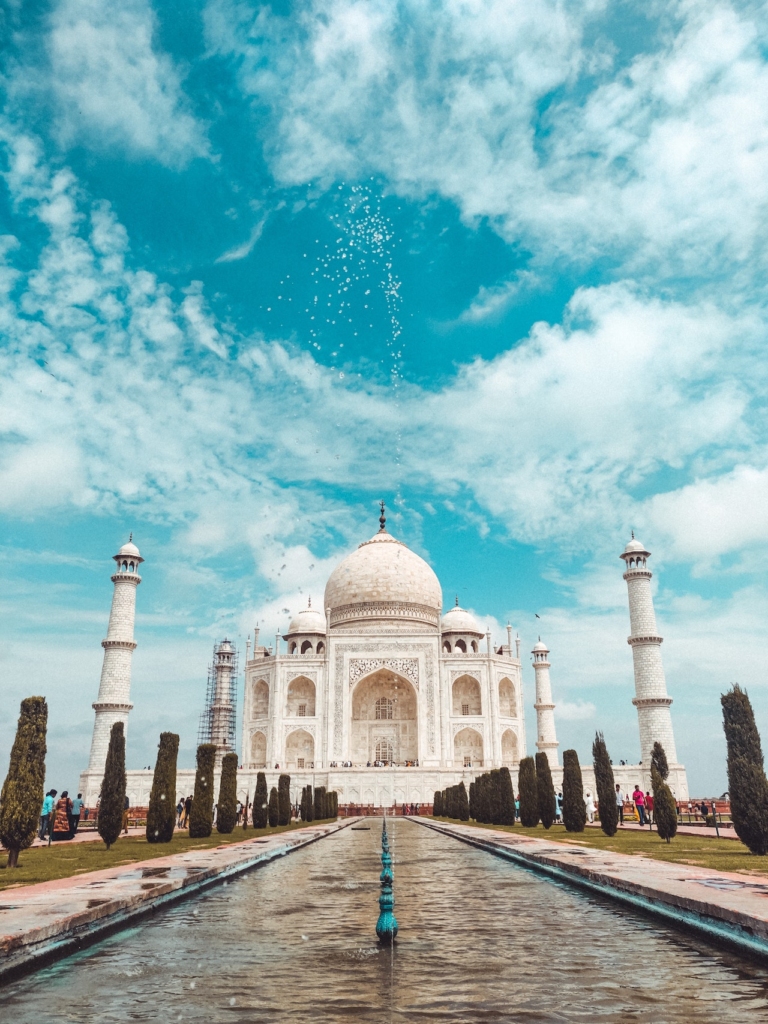
A day trip from Delhi to Agra is an opportunity to witness the epitome of love, the enchanting Taj Mahal. This UNESCO World Heritage Site, renowned for its architectural brilliance and ethereal beauty, leaves visitors awe-struck. Exploring the nearby Agra Fort and Mehtab Bagh completes the journey through time.
b. Jaipur: Exploring the Royal Heritage of the Pink City
Embark on a day trip to Jaipur, also known as the Pink City, and immerse yourself in its regal splendor. Visit the magnificent Amber Fort, explore the colorful markets of Johari Bazaar, and marvel at the architectural wonders of Hawa Mahal (Palace of Winds) and the City Palace.
VIII. Summary and Conclusion
Delhi, with its enchanting sights and sounds, offers a captivating blend of history, culture, and modernity. From the grandeur of its ancient forts and tombs to the vibrant cultural traditions, bustling markets, and soul-stirring festivals, Delhi has something to offer every traveler. Experiencing the rich heritage and embracing the diverse flavors of the city is an essential part of truly immersing oneself in its wonder.
X. FAQs
- What is the best time to visit Delhi?
- Optimal for a visit, the months from October to March in Delhi offer pleasant weather conditions.
- How can I travel within the city effectively?
- Delhi offers various modes of transportation, including metro, buses, auto-rickshaws, and taxis. The Delhi Metro is a convenient and efficient way to navigate the city’s major attractions.
- Are there any safety concerns for tourists in Delhi?
- While Delhi is generally safe for tourists, it is advisable to take necessary precautions like avoiding secluded areas at night and keeping valuables secure.
- What are some lesser-known attractions worth exploring in Delhi?
- Some lesser-known attractions in Delhi worth exploring include the National Rail Museum, Agrasen ki Baoli (an ancient stepwell), and the Rail Museum. These offbeat attractions offer unique insights into Delhi’s history and heritage.
